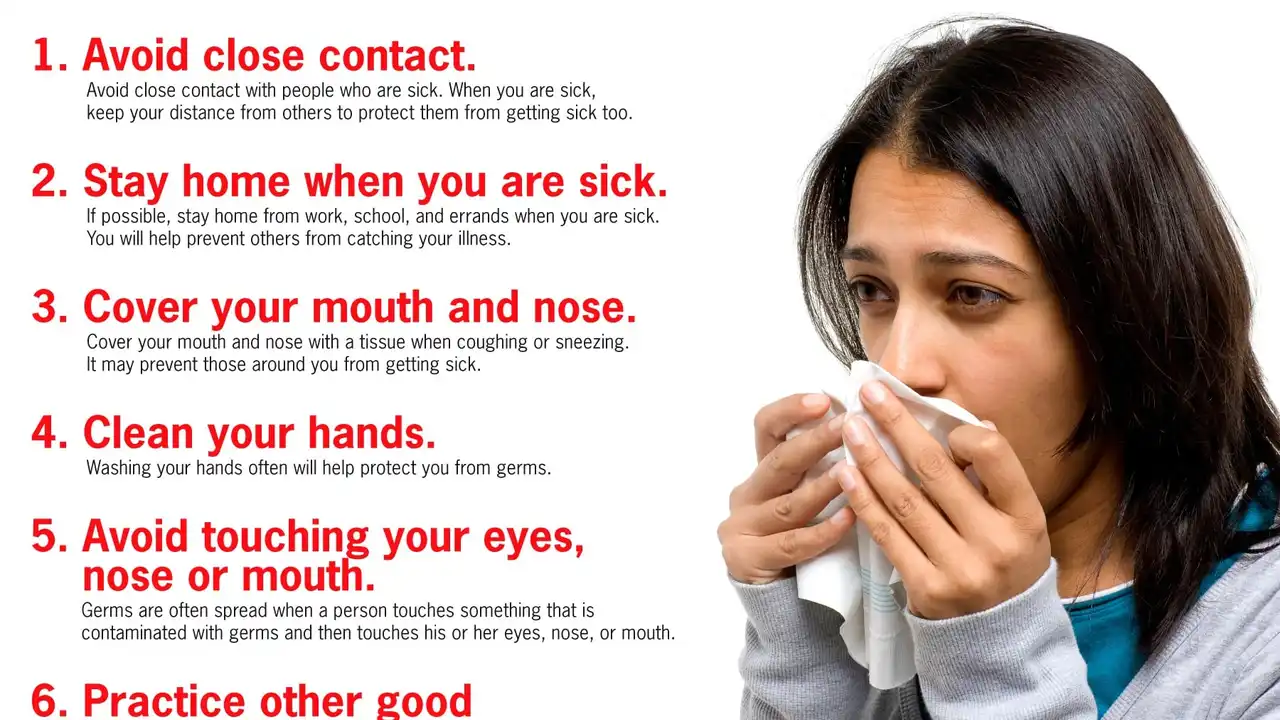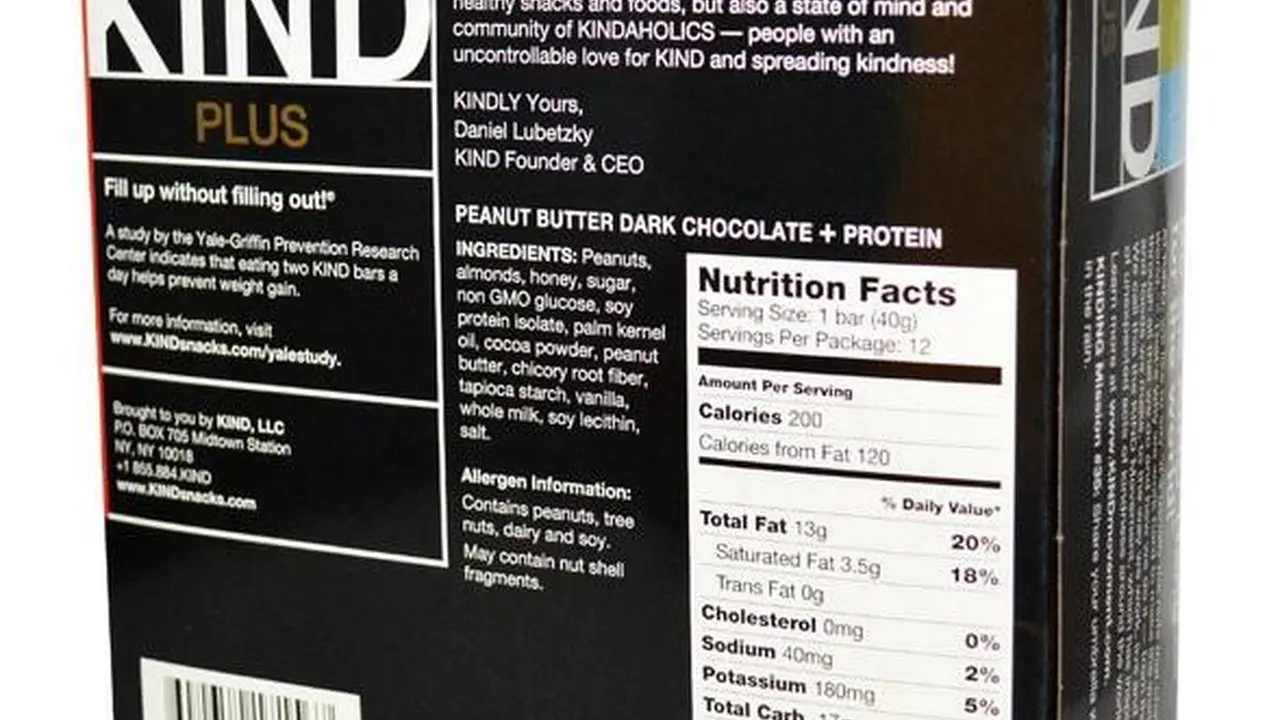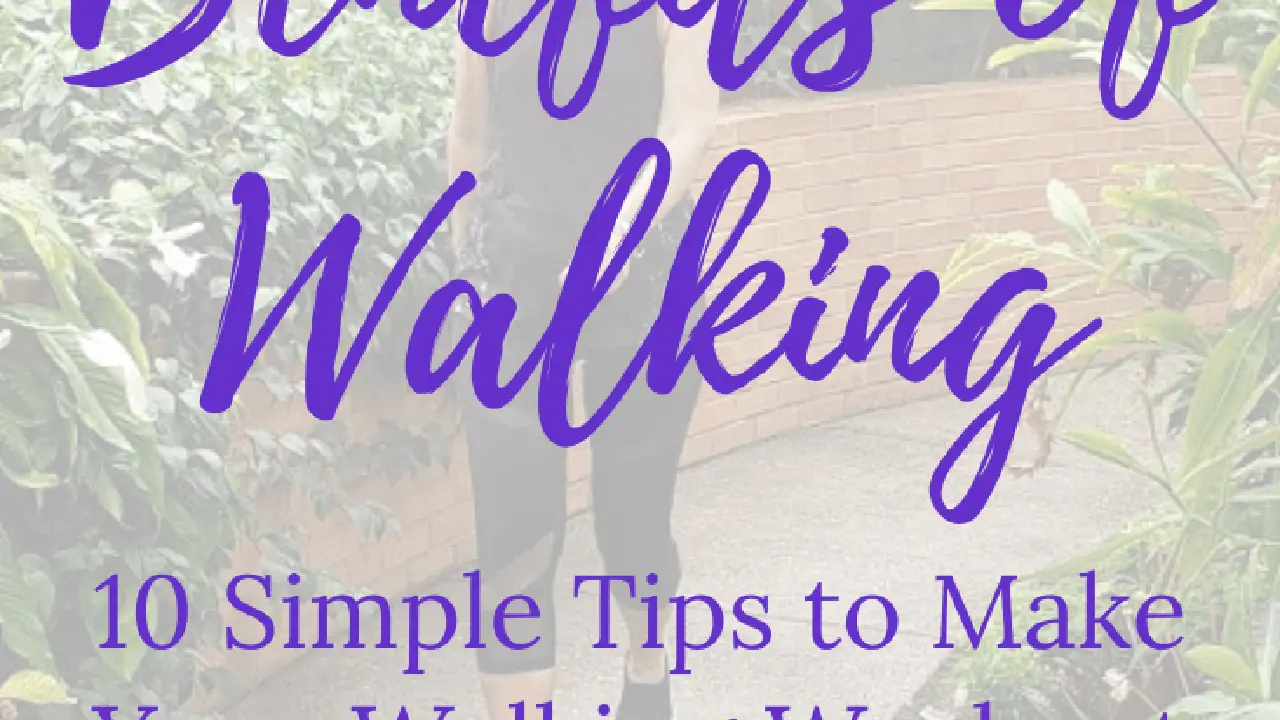The Importance of Sun Protection: Prevent Skin Cancer
Sample meta description.

Understanding the Sun's Rays and Skin Cancer Risk Factors
Alright, let's talk about something super important: protecting your skin from the sun. Seriously, it's not just about avoiding a sunburn (though that's definitely a good reason!). We're talking about preventing skin cancer, which is a pretty big deal. So, what's the deal with the sun and why is it potentially harmful?
The sun emits different types of radiation, but the two we really need to worry about are UVA and UVB rays. UVB rays are the main cause of sunburn. They damage the outer layers of your skin. UVA rays, on the other hand, penetrate deeper into the skin and contribute to premature aging and skin cancer. Both are bad news bears when it comes to long-term skin health.
Now, who's most at risk? Well, anyone can get skin cancer, but some factors increase your risk. These include:
- Fair skin: If you burn easily and rarely tan, you're at higher risk.
- A history of sunburns: Especially blistering sunburns in childhood. Those memories of peeling skin? Not good.
- Family history of skin cancer: Genetics play a role.
- Many moles: Especially unusual or large moles (dysplastic nevi).
- Weakened immune system: Certain medical conditions or medications can make you more susceptible.
- Exposure to tanning beds: Seriously, just don't. They're basically skin cancer incubators.
- Living in a sunny climate: More sun exposure means more risk.
The ABCDEs of Mole Checking Early Detection for Melanoma and Other Skin Cancers
Speaking of moles, it's crucial to keep an eye on them. Regular self-exams are key to catching skin cancer early, when it's most treatable. Remember the ABCDEs:
- Asymmetry: One half of the mole doesn't match the other half.
- Border: The edges are irregular, notched, or blurred.
- Color: The mole has uneven colors (black, brown, tan, red, white, or blue).
- Diameter: The mole is larger than 6 millimeters (about the size of a pencil eraser).
- Evolving: The mole is changing in size, shape, or color.
If you notice any of these signs, see a dermatologist ASAP. They can perform a skin exam and, if necessary, a biopsy to determine if the mole is cancerous.
Sunscreen 101 Choosing the Right SPF and Broad Spectrum Protection
Okay, let's get to the good stuff: sunscreen! This is your first line of defense against the sun's harmful rays. But not all sunscreens are created equal. Here's what you need to know:
- SPF: SPF stands for Sun Protection Factor. It measures how well a sunscreen protects you from UVB rays. The higher the SPF, the more protection you get. Dermatologists generally recommend an SPF of 30 or higher. However, SPF 100 isn't necessarily twice as effective as SPF 50. The difference in protection is relatively small.
- Broad Spectrum: This means the sunscreen protects you from both UVA and UVB rays. Make sure your sunscreen says "broad spectrum" on the label.
- Water Resistance: No sunscreen is truly waterproof. "Water resistant" means the sunscreen will stay effective for a certain amount of time while you're swimming or sweating. Reapply every two hours, or immediately after swimming or sweating.
What kind of sunscreen should you choose? There are two main types:
- Chemical sunscreens: These absorb UV rays and convert them into heat, which is then released from the skin. Common ingredients include oxybenzone, avobenzone, octinoxate, and octisalate. Some people are sensitive to these ingredients.
- Mineral sunscreens: These contain mineral ingredients like zinc oxide and titanium dioxide, which physically block UV rays. They're generally considered to be gentler on the skin and are a good choice for people with sensitive skin. They can sometimes leave a white cast on the skin, but newer formulations are less likely to do this.
Sunscreen Application Tips and Tricks for Maximum Effectiveness
Applying sunscreen properly is just as important as choosing the right sunscreen. Here's how to do it right:
- Apply liberally: Most people don't use enough sunscreen. You should use about one ounce (a shot glass full) to cover your entire body.
- Apply 15-30 minutes before sun exposure: This gives the sunscreen time to bind to your skin.
- Reapply every two hours: Or immediately after swimming or sweating.
- Don't forget often-missed spots: Ears, nose, lips, back of the neck, tops of your feet.
- Even on cloudy days: UV rays can penetrate clouds.
Beyond Sunscreen Protective Clothing Hats and Sunglasses
Sunscreen is great, but it's not the only way to protect yourself from the sun. Protective clothing, hats, and sunglasses are also essential.
- Protective clothing: Long sleeves, long pants, and tightly woven fabrics offer the best protection. Look for clothing with a UPF (Ultraviolet Protection Factor) rating.
- Hats: A wide-brimmed hat can protect your face, ears, and neck.
- Sunglasses: Protect your eyes from UV rays. Choose sunglasses that block 99-100% of UVA and UVB rays.
Timing Your Sun Exposure Avoiding Peak Hours and Seeking Shade
The sun's rays are strongest between 10 a.m. and 4 p.m. Try to avoid being in the sun during these peak hours. If you must be outside, seek shade whenever possible. Trees, umbrellas, and buildings can all provide shade.
Sun Protection for Children and Babies Special Considerations
Children and babies are particularly vulnerable to sun damage. Here are some tips for protecting them:
- Keep babies under 6 months out of direct sunlight: Their skin is too sensitive for sunscreen.
- Dress children in protective clothing: Long sleeves, long pants, and hats.
- Use sunscreen on children over 6 months: Choose a mineral sunscreen that's gentle on their skin.
- Teach children about sun safety: Make it a habit to apply sunscreen and wear hats and sunglasses.
Treating Sunburn Relief and Recovery Tips
Even with the best precautions, you might still get a sunburn. Here's how to treat it:
- Cool bath or shower: This can help relieve the pain and inflammation.
- Moisturize: Apply a gentle, fragrance-free moisturizer to soothe the skin.
- Drink plenty of fluids: Sunburn can dehydrate you.
- Avoid further sun exposure: Give your skin time to heal.
- Consider pain relievers: Ibuprofen or acetaminophen can help reduce pain and inflammation.
- See a doctor if: You have severe blistering, fever, chills, nausea, or dizziness.
Debunking Sun Protection Myths Common Misconceptions
There are a lot of myths out there about sun protection. Let's debunk a few:
- Myth: You don't need sunscreen on cloudy days. Fact: UV rays can penetrate clouds.
- Myth: You only need sunscreen when you're at the beach or pool. Fact: You need sunscreen whenever you're outdoors, even if you're just walking around town.
- Myth: Darker skin tones don't need sunscreen. Fact: Everyone can get skin cancer, regardless of their skin tone. While darker skin tones are less likely to burn, they're still at risk of sun damage.
- Myth: Sunscreen is bad for you because it blocks vitamin D. Fact: You can get enough vitamin D from diet and supplements. The risks of sun damage far outweigh the risks of vitamin D deficiency.
Sunscreen Product Recommendations and Reviews Best Sunscreen for Different Skin Types
Okay, let's get into some specific product recommendations. Keep in mind that everyone's skin is different, so what works for one person might not work for another. It's always a good idea to try a small amount of sunscreen on a small area of skin before applying it all over.
For Sensitive Skin:
- EltaMD UV Clear Broad-Spectrum SPF 46: This is a cult favorite for a reason. It's lightweight, oil-free, and contains niacinamide to help calm redness and inflammation. It's also fragrance-free and non-comedogenic, meaning it won't clog pores. Price: Around $37 for 1.7 ounces.
- La Roche-Posay Anthelios Melt-In Sunscreen Milk SPF 60: This sunscreen is formulated with Cell-Ox Shield technology, which provides broad-spectrum protection. It's also water-resistant and fragrance-free. Price: Around $36 for 5 ounces.
For Oily Skin:
- Neutrogena Ultra Sheer Dry-Touch Sunscreen SPF 55: This sunscreen is oil-free and non-comedogenic, so it won't clog pores. It has a dry-touch finish, so it won't leave your skin feeling greasy. Price: Around $11 for 3 ounces.
- Supergoop! Unseen Sunscreen SPF 40: This sunscreen has a unique, clear gel formula that feels like a primer. It's oil-free and fragrance-free, and it provides broad-spectrum protection. Price: Around $34 for 1.7 ounces.
For Dry Skin:
- CeraVe Hydrating Sunscreen Face Lotion SPF 30: This sunscreen contains ceramides to help hydrate and protect the skin's barrier. It's also fragrance-free and non-comedogenic. Price: Around $16 for 2 ounces.
- Paula's Choice RESIST Youth-Extending Daily Hydrating Fluid SPF 50: This sunscreen is lightweight and hydrating, and it contains antioxidants to help protect the skin from environmental damage. Price: Around $35 for 1 ounce.
For Active Lifestyles:
- Thinksport Safe Sunscreen SPF 50+: This sunscreen is water-resistant for up to 80 minutes and is free of harmful chemicals like oxybenzone and octinoxate. It's also reef-safe. Price: Around $17 for 3 ounces.
- Blue Lizard Australian Sunscreen - Sport SPF 30: This sunscreen is designed for active individuals and provides broad-spectrum protection. It's also water-resistant and sweat-resistant. The bottle turns blue in harmful UV light, reminding you to apply sunscreen. Price: Around $20 for 5 ounces.
Sunscreen Application Scenarios and Tips for Different Activities
The best sunscreen is the one you'll actually use! Here's how to incorporate sun protection into your daily life:
- Daily Commute: Apply sunscreen to your face, neck, and hands before leaving the house, even if it's cloudy. Keep a travel-sized sunscreen in your car for reapplication.
- Working Outdoors: Reapply sunscreen every two hours, especially if you're sweating. Wear protective clothing, a hat, and sunglasses. Find shade during peak sun hours.
- Swimming or Water Sports: Use a water-resistant sunscreen and reapply immediately after swimming or toweling off. Wear a rash guard for added protection.
- Hiking or Camping: Choose a broad-spectrum, water-resistant sunscreen with a high SPF. Pack a hat, sunglasses, and protective clothing. Apply sunscreen liberally and reapply often.
- Gardening: Wear a wide-brimmed hat, long sleeves, and gloves. Apply sunscreen to exposed skin and reapply every two hours.
Comparing Different Sunscreen Formulations Lotions Sprays Sticks and Gels
Sunscreen comes in various formulations, each with its own advantages and disadvantages:
- Lotions: Offer thorough coverage and are easy to apply. Good for general use.
- Sprays: Convenient for hard-to-reach areas like the back. Ensure even coverage by spraying generously and rubbing it in.
- Sticks: Ideal for targeted application, such as the face, lips, and ears. Great for travel.
- Gels: Often oil-free and lightweight, suitable for oily or acne-prone skin.
Understanding Sunscreen Pricing Factors Affecting Cost
Sunscreen prices can vary significantly depending on the brand, ingredients, SPF level, and formulation. Here are some factors to consider:
- Brand Reputation: Well-known brands often charge more due to their established reputation and research investments.
- Ingredients: Mineral sunscreens with zinc oxide or titanium dioxide may be more expensive than chemical sunscreens.
- SPF Level: Higher SPF levels can sometimes increase the price, although the difference in protection may be minimal.
- Formulation: Specialized formulations like tinted sunscreens or those with added skincare benefits can be pricier.
- Size: Larger bottles offer better value per ounce but may be less convenient for travel.
Navigating Sunscreen Regulations and Safety Concerns
Sunscreen regulations vary by country. In the United States, sunscreens are regulated by the Food and Drug Administration (FDA). The FDA ensures that sunscreens are safe and effective for their intended use. However, there have been some concerns about the safety of certain sunscreen ingredients, such as oxybenzone and octinoxate, which have been linked to hormone disruption and coral reef damage. As a result, some regions have banned or restricted the use of these ingredients. When choosing a sunscreen, consider options with mineral-based ingredients like zinc oxide and titanium dioxide, which are generally considered safe and effective.
The Future of Sun Protection Innovations and Emerging Technologies
The field of sun protection is constantly evolving, with new innovations and technologies emerging regularly. Some exciting developments include:
- DNA Repair Enzymes: Sunscreens with DNA repair enzymes help to reverse the damage caused by UV radiation.
- Antioxidant-Infused Sunscreens: These sunscreens contain antioxidants like vitamin C and vitamin E, which help to protect the skin from free radical damage.
- Biodegradable Sunscreens: Environmentally friendly sunscreens that break down quickly and don't harm coral reefs.
- Smart Sunscreen Technology: Wearable sensors that monitor UV exposure and provide personalized sun protection recommendations.
Staying informed about the latest advancements in sun protection can help you make the best choices for your skin and the environment.
:max_bytes(150000):strip_icc()/277019-baked-pork-chops-with-cream-of-mushroom-soup-DDMFS-beauty-4x3-BG-7505-5762b731cf30447d9cbbbbbf387beafa.jpg)





